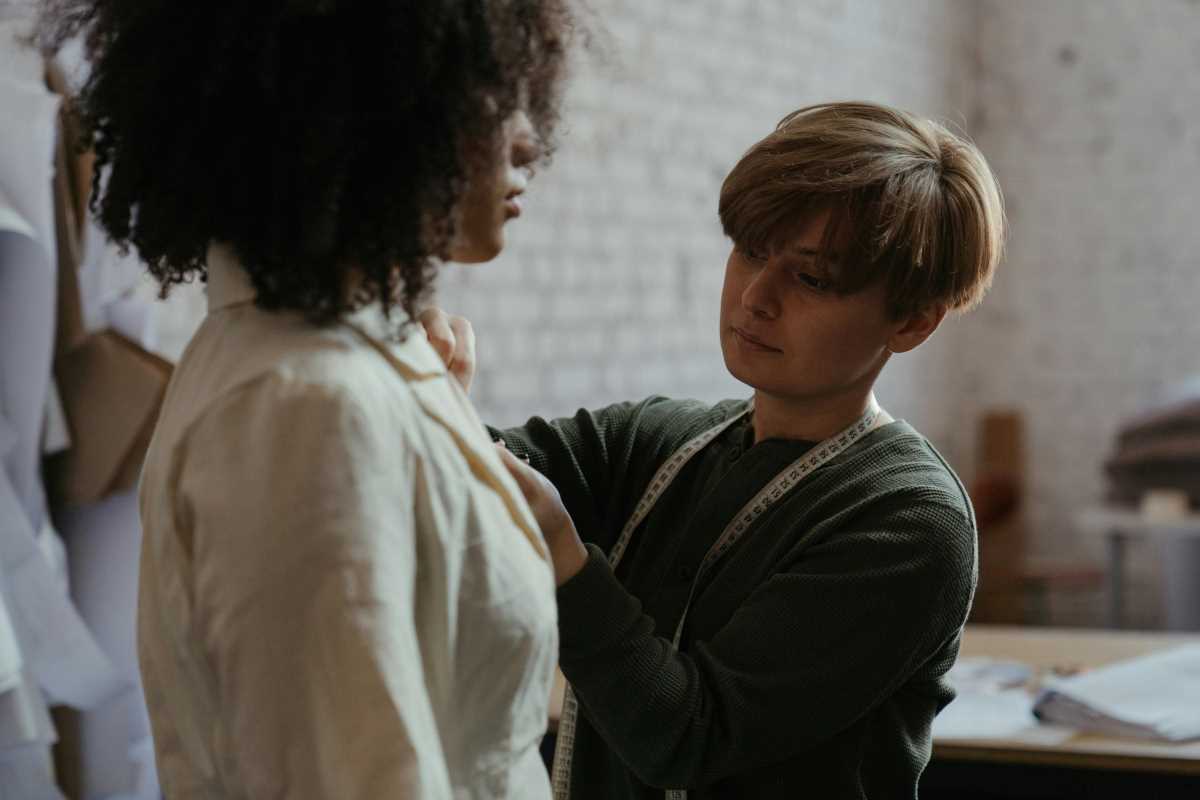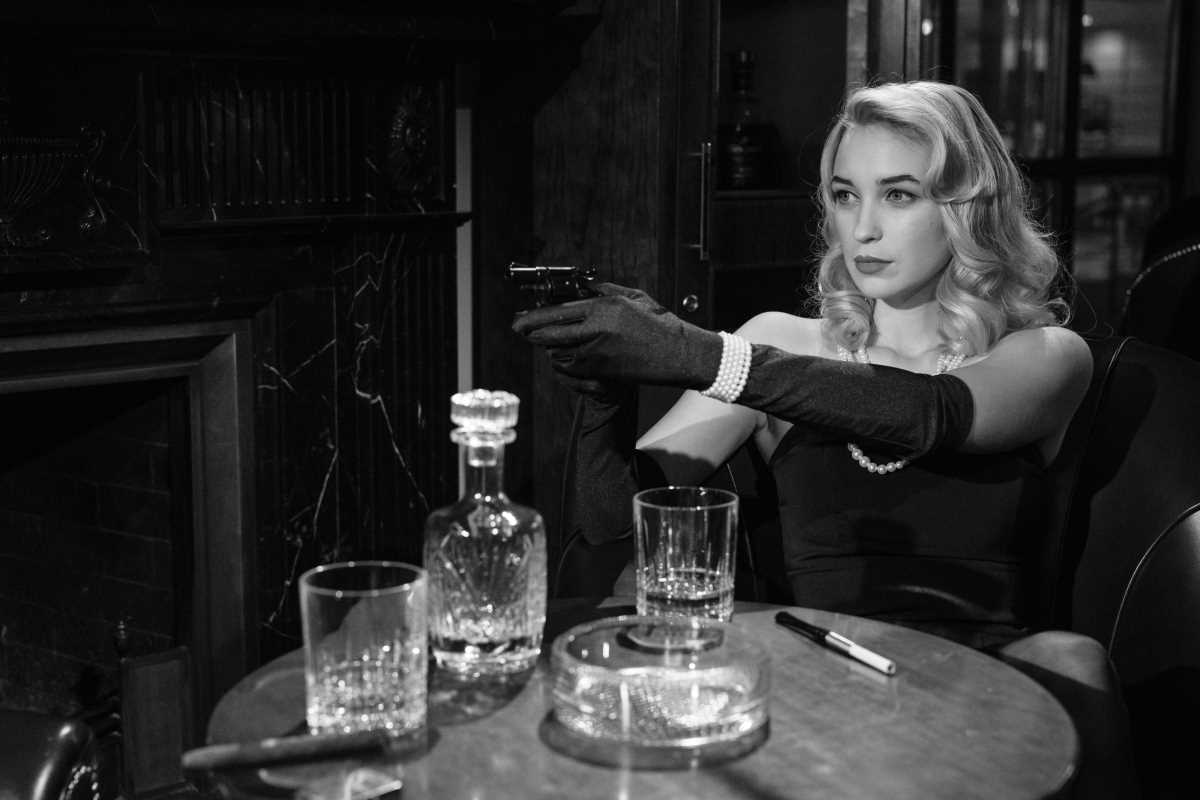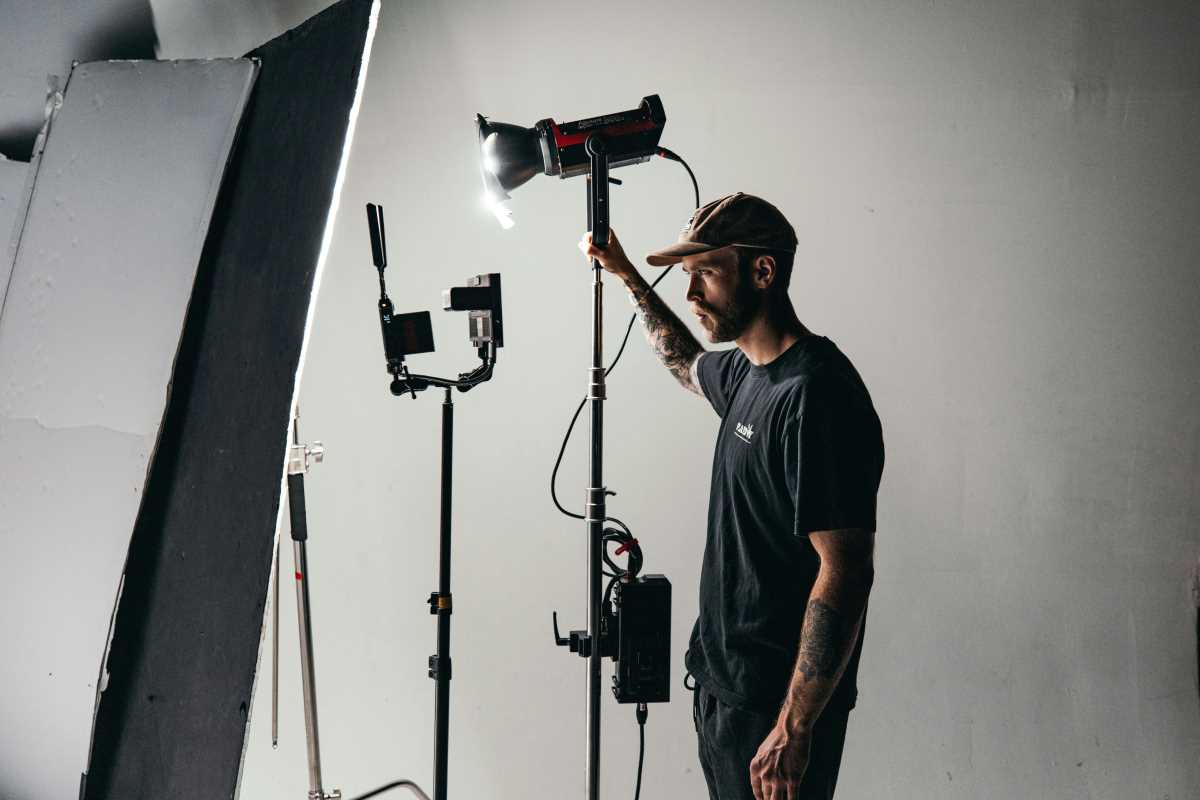A career in costume and wardrobe design is your ticket to the heart of storytelling. Designers are more than just stylists. They are character architects, using fabric and thread to build personalities for film, television, and theater. Success in this competitive field requires a powerful mix of artistic flair and practical know-how.
Here is your guide to breaking into the world of costume and wardrobe design.
What Does a Costume Designer Actually Do?
Costume designers are vital members of any creative team. Their job is to tell a story through clothing. They research, design, and create the wardrobes for characters, ensuring every piece reflects the story's time period, setting, and emotional tone.
A designer's work starts with the script. They break it down to understand each character's journey. Is a character wealthy or poor? Confident or insecure? The clothes they wear communicate this information instantly. A designer’s choices help the audience connect with the characters on a deeper level.
Nailing the Educational Path
A formal education provides a solid start. Many successful designers earn a bachelor's degree in costume design, fashion design, or theater arts. These programs teach essential skills.
- Design Principles: Learn color theory and sketching.
- Garment Construction: Master sewing and pattern-making.
- Fashion History: Understand clothing from different eras.
For those wanting to level up, a Master of Fine Arts (MFA) offers intensive training. MFA programs connect you with working professionals and provide advanced design opportunities.
Beyond a degree, you need tech skills. Get familiar with digital design software like Adobe Illustrator and Photoshop. These tools help you create professional design presentations.
Build a Portfolio That Pops
Your portfolio is your #1 professional asset. It’s a visual showcase of your talent and experience. A killer portfolio proves you can take an idea from a sketch to a finished garment.
Make sure your portfolio includes a variety of projects.
- Design Renderings: Show your initial sketches and concepts.
- Process Photos: Include images of garments being made.
- Finished Work: Use high-quality photos of actors in your costumes.
- Research: Add mood boards and historical references to show your thought process.
For each project, tell its story. Explain your concept and how your designs supported the narrative. Keep a digital version of your portfolio online so you can share it easily.
Get Hands-On Experience
Real-world experience is everything. You need to prove you can handle the pressures of a live production.
Internships are a key way to get your foot in the door. Look for opportunities at professional theaters, film production companies, or costume rental houses. You will learn how the industry works from the inside.
Don't sleep on community theater or student films. These productions are amazing places to build your skills. You might get the chance to lead a design project sooner than you would in a professional setting. Every project, big or small, adds a valuable piece to your portfolio.
Network Like Your Career Depends On It
The entertainment industry runs on connections. Building a strong professional network is essential for finding work.
Go to industry events, workshops, and panels. Join professional groups like the Costume Designers Guild. These organizations offer job boards and networking mixers.
Connect with directors, producers, and other designers. Be authentic. Ask for advice and show that you are passionate about the craft. Many jobs are filled through recommendations, so your network is your lifeline.
Master the Art of Collaboration
Costume design is a team sport. You will work closely with the director to bring their vision to life. You also collaborate with set designers, lighting designers, and makeup artists to create a unified look for the production.
Your relationship with actors is also critical. You need to design costumes that not only look right but also allow the performers to move and feel like their characters. Great communication skills are a must.
Key Skills for Success
To make it as a costume designer, you need more than just a good eye for style.
- Creativity: Your designs must be original and serve the story.
- Attention to Detail: Every button, stitch, and accessory matters.
- Resourcefulness: Budgets can be tight. You need to find clever ways to create amazing looks without breaking the bank.
- Adaptability: Productions move fast. You have to be ready to solve problems on the fly.
A career in costume design is demanding, but it offers incredible creative fulfillment. For those with a passion for fashion and storytelling, it is the perfect way to make your mark.
 (Image via
(Image via





